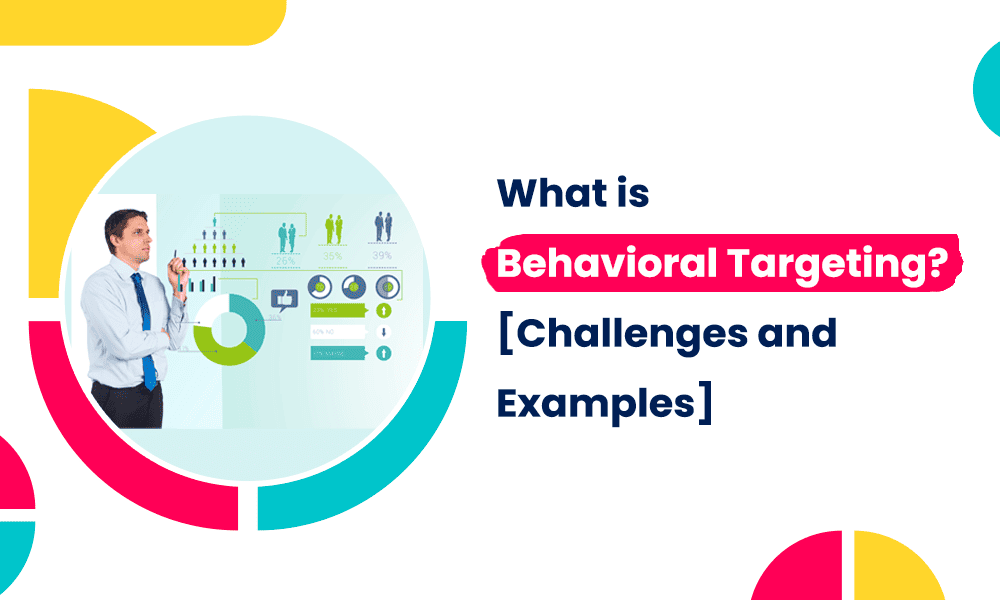
CRM for Behavioral Targeting: A Comprehensive Guide
In today’s hyper-competitive digital landscape, businesses are constantly seeking innovative ways to connect with customers on a deeper, more personalized level. Gone are the days of generic marketing campaigns that treat every customer the same. Enter behavioral targeting, a powerful strategy that leverages customer data to deliver tailored experiences that resonate and drive conversions. At the heart of successful behavioral targeting lies Customer Relationship Management (CRM) systems.
What is Behavioral Targeting?
Behavioral targeting is a marketing technique that uses data about a customer’s online behavior to tailor advertisements and marketing messages to their specific interests. This data is gathered through various methods, including:
- Website activity: Pages visited, products viewed, time spent on site, searches conducted
- Purchase history: Past purchases, order frequency, average order value
- Email engagement: Email opens, click-through rates, content preferences
- Social media activity: Interests, likes, shares, comments
- Location data: Geolocation information from mobile devices
By analyzing this data, businesses can create detailed customer profiles and segment their audience based on shared behaviors, preferences, and needs. This allows for the delivery of highly relevant and targeted content, increasing the likelihood of engagement and conversion.
The Role of CRM in Behavioral Targeting
CRM systems serve as the central hub for collecting, storing, and analyzing customer data. They provide a unified view of each customer, aggregating information from various touchpoints and channels. This comprehensive data set is essential for effective behavioral targeting.
Here’s how CRM supports behavioral targeting:
-
Data Collection and Integration: CRM systems capture customer data from multiple sources, including websites, email marketing platforms, social media, and sales interactions. They integrate this data into a single, unified customer profile.
-
Segmentation and Profiling: CRM enables businesses to segment their audience based on behavioral data. For example, customers who have viewed specific product categories on a website can be grouped together for targeted advertising campaigns.
-
Personalized Messaging: CRM allows businesses to create personalized marketing messages based on individual customer preferences and behaviors. This can include tailored email campaigns, personalized website content, and targeted advertising.
-
Automation: CRM automates many of the tasks associated with behavioral targeting, such as sending triggered emails based on specific customer actions or updating customer profiles based on new data.
-
Analytics and Reporting: CRM provides detailed analytics and reporting on the effectiveness of behavioral targeting campaigns. This allows businesses to track key metrics, such as click-through rates, conversion rates, and return on investment (ROI).
Benefits of Using CRM for Behavioral Targeting
-
Increased Engagement: By delivering relevant and personalized content, behavioral targeting increases customer engagement and interaction with your brand.
-
Higher Conversion Rates: Targeted messaging leads to higher conversion rates, as customers are more likely to purchase products or services that align with their interests and needs.
-
Improved Customer Satisfaction: Customers appreciate personalized experiences that demonstrate an understanding of their individual preferences.
-
Enhanced Customer Loyalty: By consistently delivering value and relevance, behavioral targeting strengthens customer loyalty and fosters long-term relationships.
-
Optimized Marketing Spend: Targeted campaigns reduce wasted ad spend by focusing on customers who are most likely to convert.
-
Data-Driven Decision Making: CRM provides valuable insights into customer behavior, enabling businesses to make informed decisions about their marketing strategies.
Implementing CRM for Behavioral Targeting: A Step-by-Step Guide
-
Choose the Right CRM System: Select a CRM system that meets your specific business needs and offers the features required for behavioral targeting, such as data integration, segmentation, automation, and analytics. Popular CRM options include Salesforce, HubSpot, Microsoft Dynamics 365, and Zoho CRM.
-
Define Your Goals and Objectives: Clearly define what you want to achieve with behavioral targeting. Do you want to increase sales, improve customer retention, or generate more leads? Setting specific goals will help you measure the success of your campaigns.
-
Identify Key Customer Behaviors: Determine which customer behaviors are most relevant to your business goals. This could include website visits, purchase history, email engagement, or social media activity.
-
Collect and Integrate Data: Implement tracking mechanisms to capture customer data from various sources and integrate it into your CRM system. This may involve using cookies, tracking pixels, or integrating with third-party platforms.
-
Segment Your Audience: Use your CRM system to segment your audience based on behavioral data. Create different segments based on shared interests, needs, or behaviors.
-
Create Personalized Content: Develop marketing messages that are tailored to each customer segment. Use personalized language, images, and offers that resonate with their specific interests.
-
Automate Your Campaigns: Use CRM automation tools to trigger personalized messages based on specific customer actions. For example, send a welcome email to new subscribers or a reminder email to customers who have abandoned their shopping cart.
-
Track and Analyze Results: Continuously monitor the performance of your behavioral targeting campaigns using CRM analytics. Track key metrics, such as click-through rates, conversion rates, and ROI.
-
Optimize and Iterate: Use the data you collect to refine your behavioral targeting strategies. Experiment with different messages, segments, and automation workflows to optimize your results.
Best Practices for CRM-Based Behavioral Targeting
-
Prioritize Data Privacy: Be transparent with customers about how you collect and use their data. Obtain consent where required and comply with privacy regulations, such as GDPR and CCPA.
-
Personalize Across Channels: Deliver personalized experiences across all touchpoints, including website, email, social media, and mobile apps.
-
Use Dynamic Content: Implement dynamic content that adapts to individual customer preferences and behaviors.
-
Test and Optimize Regularly: Continuously test different messages, offers, and segments to identify what works best.
-
Integrate with Other Marketing Tools: Integrate your CRM system with other marketing tools, such as email marketing platforms, advertising platforms, and social media management tools.
-
Train Your Team: Ensure that your marketing team is properly trained on how to use CRM for behavioral targeting.
-
Focus on Value: Always provide value to your customers. Personalization should enhance their experience, not feel intrusive or manipulative.
Challenges and Considerations
-
Data Quality: Accurate and up-to-date data is essential for effective behavioral targeting. Invest in data cleansing and validation processes to ensure data quality.
-
Privacy Concerns: Be mindful of customer privacy concerns and avoid collecting or using data in a way that could be perceived as intrusive or unethical.
-
Algorithm Bias: Be aware of the potential for algorithm bias and take steps to mitigate it.
-
Over-Personalization: Avoid over-personalizing your messaging, as this can feel creepy or intrusive.
Conclusion
CRM for behavioral targeting is a powerful strategy that can help businesses connect with customers on a deeper, more personalized level. By leveraging customer data to deliver tailored experiences, businesses can increase engagement, improve conversion rates, and foster long-term customer loyalty. By following the steps outlined in this guide and adhering to best practices, businesses can effectively implement CRM-based behavioral targeting and achieve their marketing goals. Remember that customer-centricity, data privacy, and continuous optimization are key to success.

